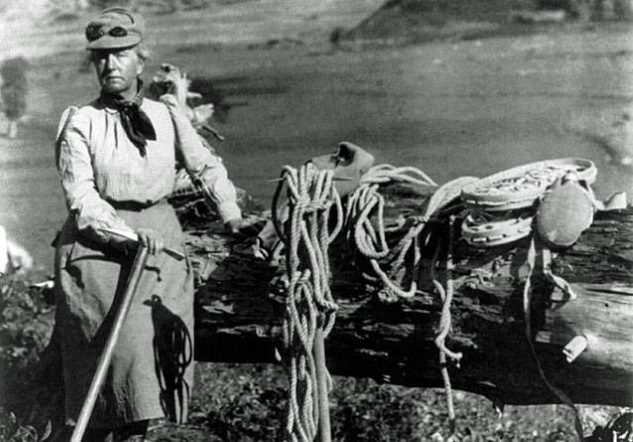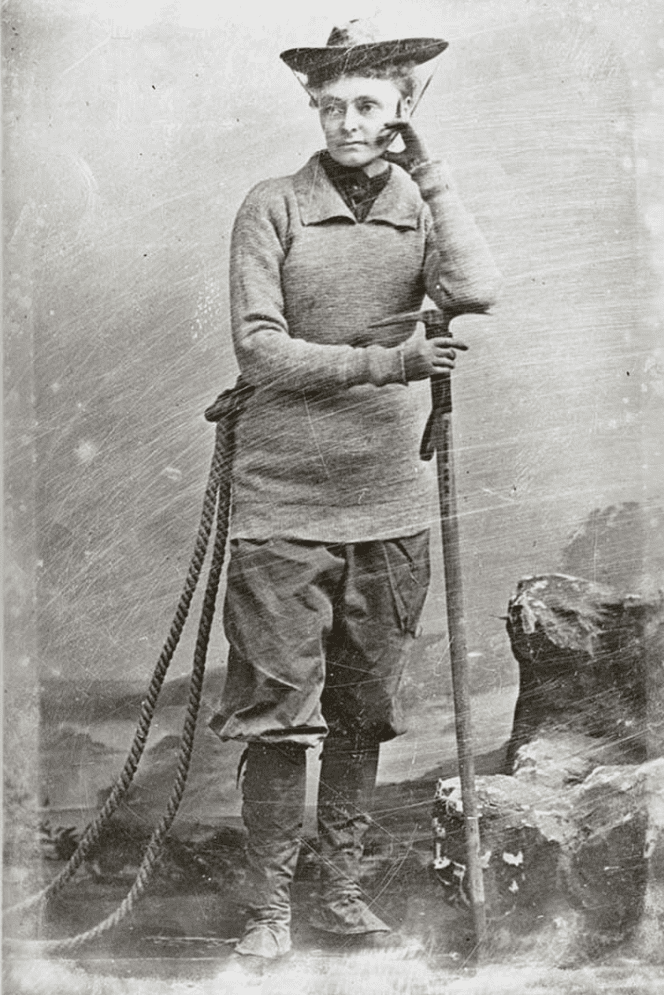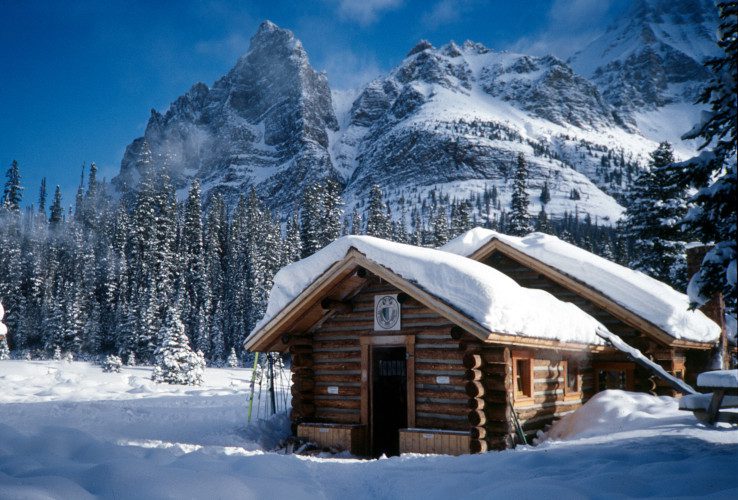Women Helped Shape Canadian and American Alpine Clubs

In 1906, Manitoba Free Press journalist Elizabeth Parker founded the Alpine Club of Canada with Arthur Oliver Wheeler.
That was three years after the American Alpine Club was founded by a number of climbers. Among them were four female founding members, two being Annie Peck and Fanny Bullock Workman, both trouser-wearing suffragettes and strong leaders.
Peck was an accomplished climber who was the first to summit Peru’s Mount Huascaran in 1908.

She also climbed the Matterhorn in 1895 wearing a pair of trousers. In a story from the American Alpine Club they noted: “Her successful summit of one of the most technical routes of the time was overshadowed completely by the question of whether or not she should be arrested for wearing pants.
“It wasn’t uncommon in 1895 for women to be arrested for this.” Read the full story about early climbing attire for women here.
Peck never married and climbed mountains into her old age, including a first ascent of one of the peaks on the five peaked Coropuna in Peru in 1911 when she was 65. She climbed her last mountain, New Hampshire’s Mount Madison, at the age of 82.
In recognition of Peck’s accomplishment, the 6,648-metre northern peak of the Huascarán was named Cumbre Aña Peck in her honour in 1928.
Fanny Workman competed internationally for altitude records and had a number to her name. With her husband William, she climbed new mountains in the Himalayas, including Siegfriedhorr (5,700 m), which she named after her son.
The Workmans were the first to explore a number of areas including Chogo Lungma Glacier and the Nun Kun massif.
William wrote of Fanny: “She concentrated her attention on the end in view, often disregarding the difficulties and even the dangers that might lie in the way of accomplishment.
“She went forward with a determination to succeed and a courage that won success where a less determined effort would have failed. She believed in taking advantage of every opportunity. She was no quitter, and was never the first to suggest turning back in the face of discouraging circumstances.”

A native of Winnipeg, Elizabeth Parker was an avid nationalist and an environmental enthusiast. Conscious of the benefit of mountains, she took her children to Banff in the summer of 1904.
She spent 18 months there and began writing newspaper and magazine articles about the mountains. Even if her health did not allow her to be a climber she thought that mountaineering could help women become stronger and more confident.
After reading her articles, an editor of the Manitoba Free Press referenced her to Wheeler’s letters. Writing an article in response to his letter, Parker advocated the establishment of an Alpine Club.
However, she believed that it should be solely Canadian to encourage the development of national identity and reaffirm Canadian independence. Together, they combined their efforts to create the Alpine Club of Canada.
Unlike the Alpine Club of Great Britain, the Alpine Club of Canada and American Alpine Club were created to promote equality between men and women within mountaineering and climbing and to promote the conservation and preservation of the wilderness.
Because Elizabeth Parker was one of the two founders of the Alpine Club of Canada, the question of excluding women from the club’s activities and active participation was not even addressed.
Indeed, at the end of the first camp in 1906, 15 women (out of 44 members) graduated and became active members of the ACC. Women’s participation alongside men became evident in the club activities and summer camps and those events were frequently used to promote women as legitimate members.
On a regular basis, women were perceived in the club as able as men. They were encouraged and helped, and after the Alpine Club of Canada’s first camp it was decided that the dress-code for women would be the same as for men (which was very unusual in the early 20th century).
However, this official equality was sometimes challenged. As it is often the case when dealing with minorities (and women were a minority in the ACC), the praising of women tended to underline their difference, if not inferiority.
Indeed, Arthur Wheeler’s efforts to publicly acknowledge women’s contribution to the club led to the distinction of women as a special group. Praising women for their ability to perform basic mountaineering skills; accomplishments for which men’s ability was not even questioned, contributed to a sort of patronizing attitude towards women members.
For instance, before 1923, no women were to be found among the volunteer guides. Nevertheless, the ACC definitely played a very important part in women’s mountaineering and some women both American and Canadian became important and famous mountaineers such as Phyllis Munday.
The Alpine Club of Canada maintains the Elizabeth Parker hut at Lake O’Hara, named in her honour. Parker Ridge, overlooking Saskatchewan Glacier in Banff National Park, was named after Elizabeth Parker.



